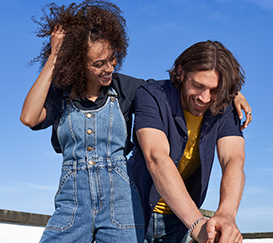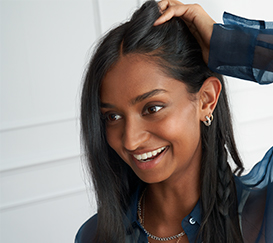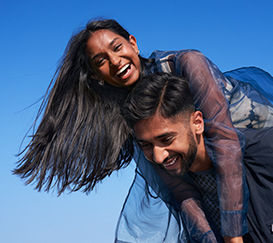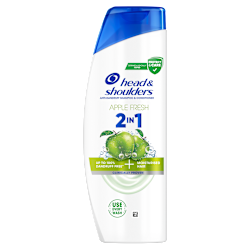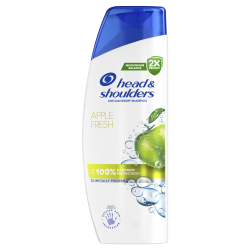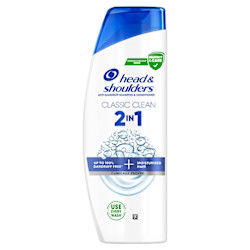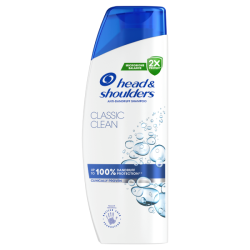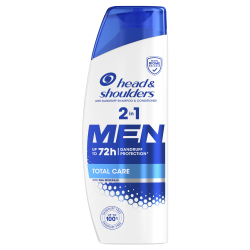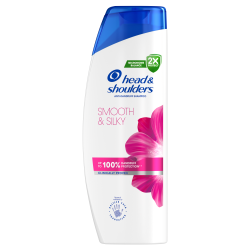Hair dye, dandruff and scalp
Dyeing hair has become increasingly popular. But it might be doing damage to your hair and scalp that you can’t see. Read our guide to find out more.

Hair dye and dandruff – what’s the link?
Is there a link between hair dye and dandruff?
The effect on your hair of salon and box hair dyes is not always limited to a lovely colour.
Hair dye can cause the scalp to itch – but is this dandruff? First of all, it helps to understand what dandruff actually is. While there are a lot of conditions that cause dandruff-like symptoms, what we typically called dandruff is caused by one thing: Malassezia globosa.
Malassezia globosa is a microbe that lives on the scalp. It survives off the natural oils present on your scalp, and for many of us, it is pretty harmless.
Unfortunately, sometimes people are sensitive to it - and in those cases the body responds by showing the signs of dandruff.
THE LINK BETWEEN HAIR DYE AND DANDRUFF
The simple truth is that hair dyes themselves don’t create dandruff. However, if you’re already prone to get dandruff, hair dye could contribute to a flare-up.
So, what’s actually happening on the scalp?
First, the chemicals in hair dyes can remove the protective lipids/oils from your scalp, leaving it exposed and vulnerable to damage from substances like Malassezia globosa.
This could make it more likely that you will develop dandruff.
Second, the strong chemicals in hair dyes can be harsh by themselves…especially if your scalp is already weakened due to dandruff.
HOW DYE AFFECTS YOUR SCALP
Unfortunately, the damage doesn’t stop at your hair. Frequent scalp exposure to the chemicals used in hair dyes can bring its own problems.
These chemicals can remove the protective lipids/oils from your scalp, leaving it exposed and vulnerable to damage from the environment and styling products. Luckily, there are steps you can take to minimize the damage.
DYEING HAIR SAFELY
Any time you dye your hair you’re exposing yourself to potential problems. But with some care you can easily manage the risk.
The basics:
Always follow manufacturer’s usage instructions
Start with a healthy scalp: don’t use hair colour until scalp issues like dandruff or psoriasis are resolved
To take care of your hair and scalp after you’ve dyed it, use of a moisturizing shampoo. If you do experience some discomfort or dryness, try a nourishing shampoo to calm your scalp.
Use the conditioners that come with colorants, and regularly use conditioner whenever you shampoo to help protect your hair and scalp.
Before and after colouring, a nourishing shampoo will help strengthen weakened hair, while moisturizing and helping protect the scalp from discomfort. If your scalp is particularly sensitive, a gentle shampoo will help take the sting out of your day-to-day hair routine.

